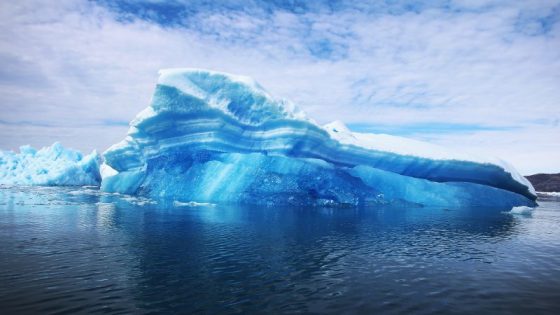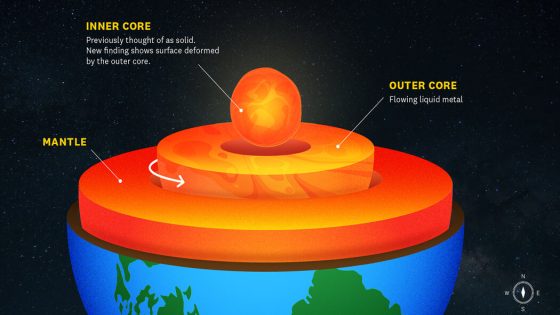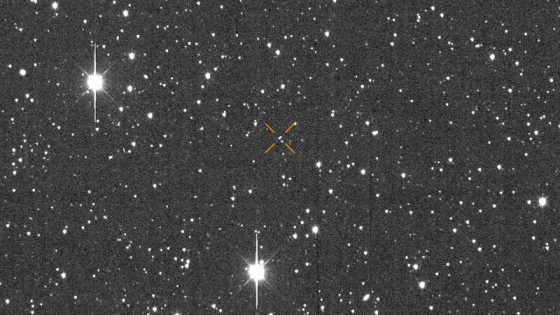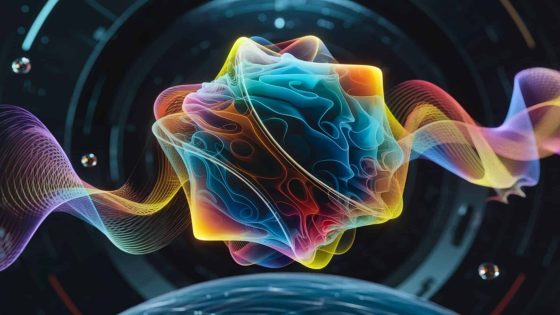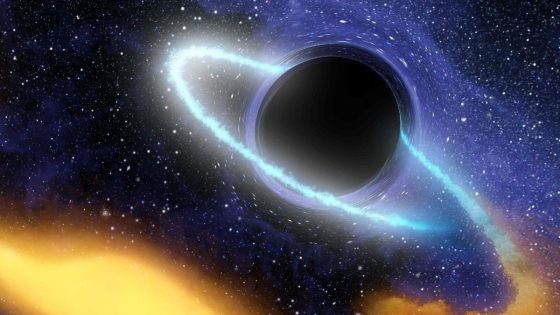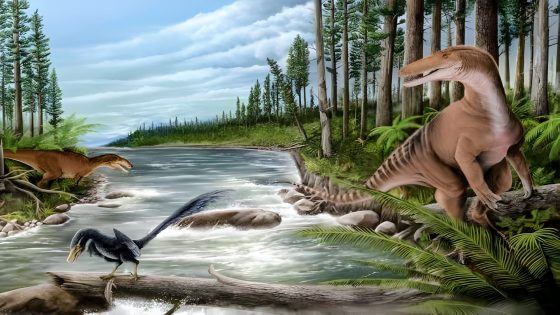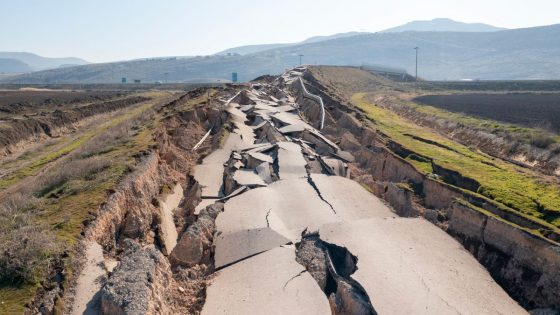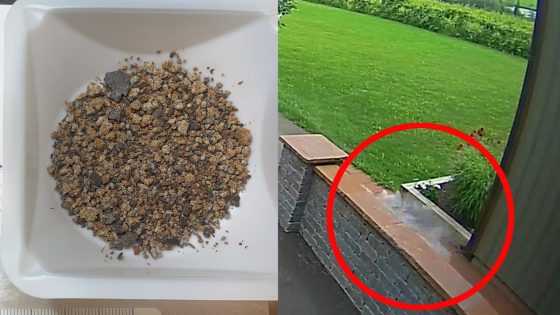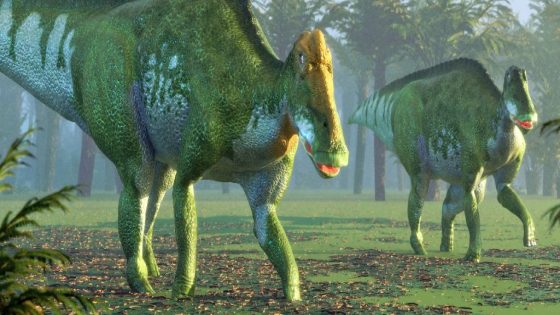More than half a billion years ago, ancient glaciers reshaped Earth’s surface, paving the way for complex life. A recent study reveals how these massive ice formations stirred up essential minerals, influencing marine chemistry and ultimately the evolution of life. What can we learn from this icy past?
- Glaciers contributed to ocean nutrient supply.
- Neoproterozoic Era marked by extreme glaciation.
- Increased oxygen levels spurred complex life.
- Research links glacial erosion to evolution.
- Modern climate change occurs at rapid pace.
- Ancient processes inform current environmental issues.
How Ancient Glaciers Influenced Marine Chemistry and Life Evolution
Have you ever wondered how life on Earth began? The movement of glaciers during the Neoproterozoic Era not only reshaped landscapes but also enriched oceans with nutrients. This process may have been vital for the emergence of complex organisms. Understanding these ancient events can shed light on our current climate crisis.
The Role of Glacial Movement in Nutrient Supply
Glacial movement, or glaciation, is known to transport terrestrial sediments into oceans, forming the foundation of aquatic ecosystems. The recent study indicates that during the Snowball Earth period, glaciers actively eroded land, releasing minerals into the ocean. This nutrient influx may have been crucial for the development of early life forms.
- Glaciers scoured minerals from land and deposited them in oceans.
- This process altered marine chemistry, enriching it with nutrients.
- Increased nutrients may have supported the evolution of complex life.
- Understanding this link can help address modern climate issues.
Insights from the Neoproterozoic Era and Today’s Climate
The Neoproterozoic Era, often referred to as “Snowball Earth,” lasted from about 1 billion to 543 million years ago. During this time, glaciers played a pivotal role in shaping Earth’s environment. As these glaciers melted, they released essential minerals into the ocean, which contributed to significant changes in ocean chemistry. This ancient process is similar to today’s climate challenges, where rapid changes can disrupt natural systems.
Connecting Past and Present: Lessons for Climate Action
Scientists emphasize that studying ancient climate events can provide valuable lessons for addressing current climate change. The rapid warming we face today contrasts sharply with the slow processes of the past. By understanding how glacial movements influenced life millions of years ago, we can better grasp the interconnectedness of Earth’s systems and the urgent need for action against climate change.



